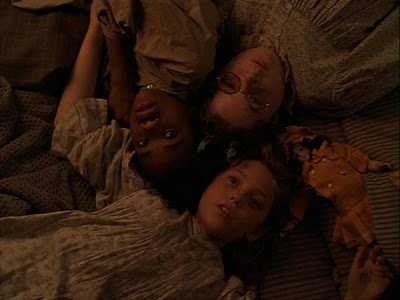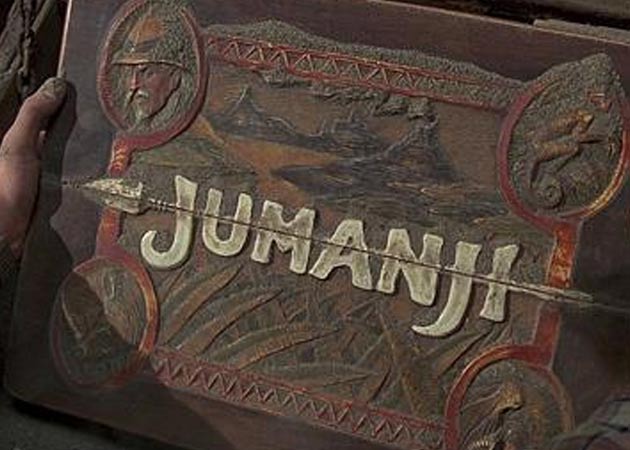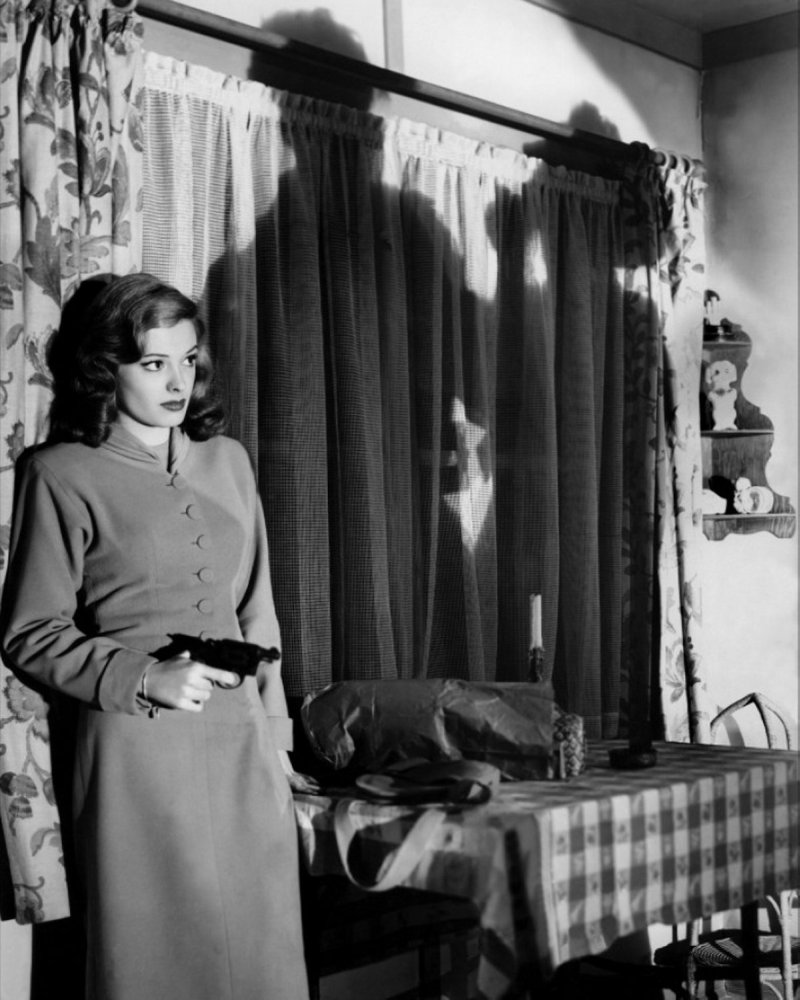If you ask a little girl what she would like to be
when she grows up, don’t be surprised if she replies with the lofty choice of
‘princess’. From fairy tales that date back hundreds of years to modern
animated fare, princesses are one of the most instantly recognizable and
enduring symbols of girlhood. In recent years, however, the princess tradition
has been called into question by feminists and modern critics who claim that it
promotes traditional values that are of little use in the modern world. One
fairly recent film, however, challenges this criticism through its assertion
that the term ‘princess’ can hold a meaning far deeper and more relevant than
wearing a tiara and being rescued; the 1995 adaptation of the 1905 Frances
Hodgson Burnett novel A Little Princess.
 |
| If only more kids' movies were so heartfelt. *I'm not gonna cry...* |
The story begins with 10 year-old Sara Crewe living a
carefree life in British occupied India with her widowed father. Conflict
enters the pair’s idyllic existence when World War I breaks out and Captain
Crewe is called to service (an update from the novel’s 1890’s setting during
the Boer War), leading him to entrust Sara’s care to a New York boarding school
that her late mother had attended. Upon arriving in New York, Sara is faced
with the harsh reality of life within the restrictions of conventional society,
as she is met with resistance from the faculty and students alike. With
patience and diligence, however, she adapts to the rigorous rules and
monotonous lessons of the school, and quickly becomes one of the most popular
students through her imagination and charm. These same qualities that set her
apart as a student -body favorite also make her stand out as a threat to the
faculty, who view her advanced educational background and creativity as a
threat to the status quo. When Sara’s father is reported killed and his assets
are seized by the British government, the school's cruel headmistress, Miss Minchin, reveals
her true colors and forces Sara to live in the school’s attic and work alongside
African-American servant girl Becky until she can repay her debt to the school.
Orphaned and outcast from her peers, Sara finds herself alone in a harsh
world with only her imagination and her firm belief that “every girl is a
princess” to cling to as she struggles to make her way in a world that seems to
be coming apart all around her.
While children’s films too often resort to potty-humor
and trite sentiment to entertain their young audiences, A Little Princess instead tells a story about children that is
equally directed towards adult audiences. Rather than the fanciful tale of
royalty in a far-away land that its title suggests, the film is instead an
exploration of resilience in the face of hardship. While many children’s films
feature larger than life villains and outrageous obstacles, Sara faces all too
real adversity in the forms of poverty, grief, and societal indifference. As a
result, her story is one which resonates with audiences of all ages and walks of
life, and whose lessons will remain with children as they grow old enough to
understand their full significance. Through its weaving of history and magical
realism into what would otherwise be a simple tale of riches to rags and back
again, the film transforms Sara’s journey into both an ode to individuality and
a tale of the redemptive power of creativity. The film’s inclusion of scenes
from the stories that Sara regales her classmates with allows viewers added insight
into her mind and reveals the ways in which she uses fiction to cope with the
contradictions and losses of her reality. In this way the film also encourages its
young viewers to look to its own fictional heroine for inspiration.
 |
| Good friends and good stories; all any party needs |
The recurring mantra of the film is that “all girls
are princesses”; an axiom that Sara’s nanny in India first teaches her and
Captain Crewe later reinforces before leaving for the trenches. At first
glance, this notion could be viewed as a contrived theme that is too flimsy to
sustain an entire film. As the film progresses, however, the idea of ‘a
princess’ is redefined so that it bears little resemblance to the stereotypical
image of a Barbie-esque beauty in a crown and ball gown. Within the context of
the film, ‘princess’ is simply a fantasy term that Sara uses to express her
belief that she and her classmates are people of value and worth despite what
the world at large would have them believe. The wider range of the term in the
film is evidenced when Sara responds to the teasing of snarky Lavinia that “all
girls are princesses; even snotty, two-faced bullies like you”, as Sara’s
definition extends beyond herself and her friends to all women, including her
enemies. The emphasis upon princess as a non-discriminating term makes the word
become a symbol of equality and unity in contrast to the divisions of class and
race that permeate the time period in which the film is set. By the time that
Sara reiterates her beloved mantra to Miss Minchin in the film’s climax, it has
become a rallying cry for truth, equality, and dignity rather than the sugary
catchphrase that it begins as in the film’s start. As a result, in Sara Crewe’s
hands, princess is a term of female empowerment that holds resonance for women
of all ages rather than the fanciful dream that critics have come to dismiss it
as.
The film’s cast aptly brings its unique version of
1914 India and New York to life through a series of intelligent and heartfelt
performances. The child actresses portraying Sara’s schoolmates approach their
roles with an intelligence and variety that makes viewers feel as though they
are actually witnessing the daily interactions of a group of real children,
each with their own desires, interests, and distinct personalities. Heather
DeLoach (of Blind Melon music video, ‘No Rain’, fame), and Kelsey Mulrooney
particularly stand-out in their portrayals of the initially timid but
eventually empowered Ermengarde and lovable but wayward Lottie. Vanessa
Lee-Chester and Taylor Fry are excellent in their opposing roles as Sara’s loyal
best friend and manipulative arch-enemy, each employing depth and individuality
to ensure that their roles are characters rather than caricatures. Eleanor Bron
and Rusty Schwimmer shine in their roles as the Minchen sisters, with Schwimmer’s
well-meaning but utterly incompetent Amelia and Bron’s manipulative and cruel
Headmistress Minchin personifying the ineptitude, hypocrisy, and brutality of
the both the adult world and society at large. Liam Cunningham perfectly
balances his role as Captain Crewe between the loving father that Sara knows
and the dignified officer who is called to lead his men into battle. Liesel
Matthews gives a truly commanding performance in her role as Sara, combining by turns wide-eyed innocence,
self-assuredness, and steely resilience to portray the difficult role of a
natural leader. In each of their varied roles, the cast evade the typical pit-falls
of children’s films by avoiding the all too common hysteria, syrupy sweetness,
and stereotypes usually dispensed to young audiences, and instead keep the sometimes
fantastic plot grounded through a series of emotionally honest and complex
performances.

At once a story of one girl’s experience in a distant
time and place and a universal tale of love, loss, survival, and redemption; A Little Princess is far from your
average family film. Through its enchantingly fantastic view of the world in
all its beauty and severity, the film echoes the wonders, innocence, and fears
of childhood. Even though I am now an adult and decades have passed since I
first saw this film, I continue to find its central message of the importance
of self-worth and maintaining one’s individuality both empowering and
essential. This film is a must see for any adult who still believes in the
magic of creativity and love and any little girl who has ever doubted that she not
only could, but in fact should, be considered a princess.










